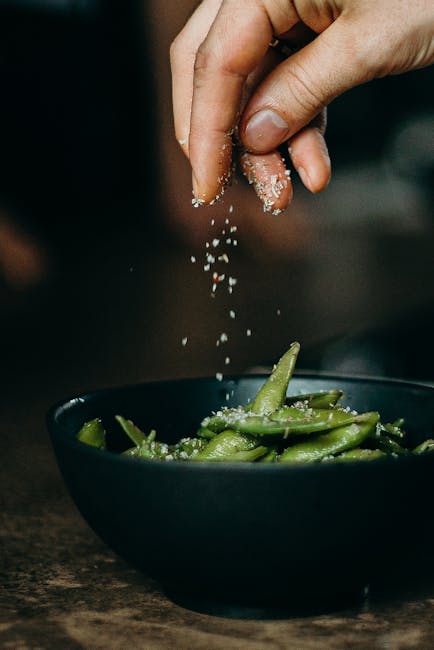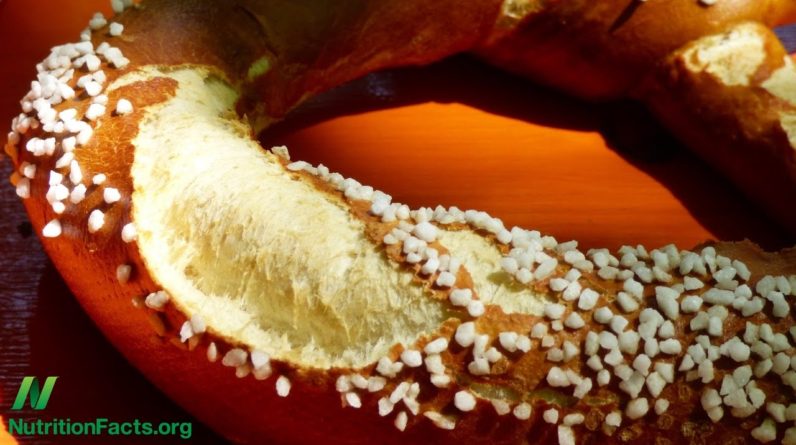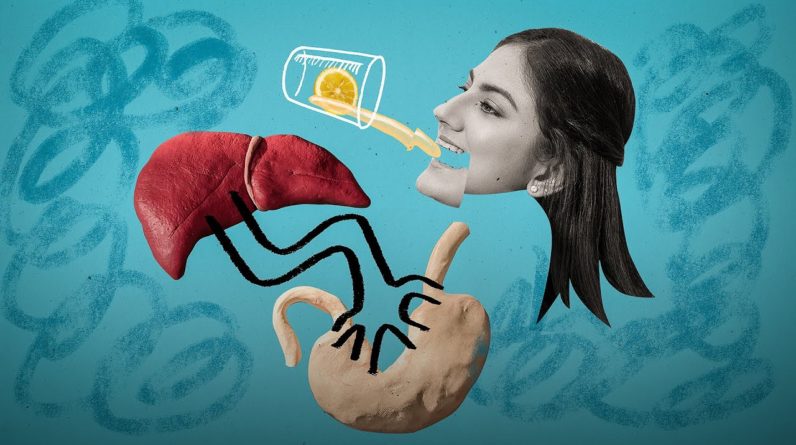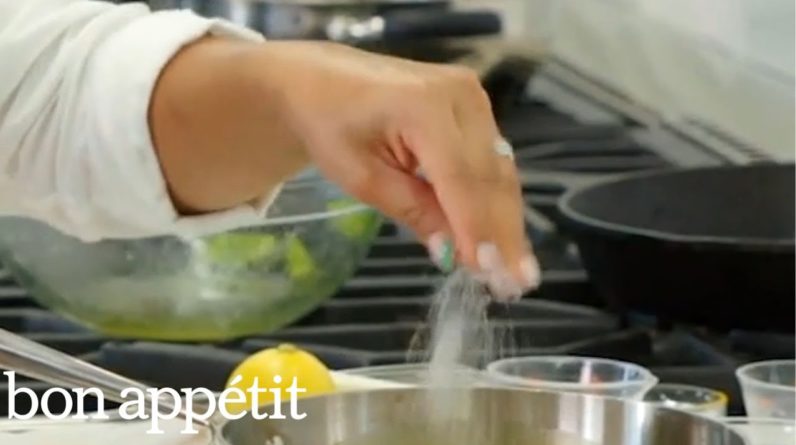
i want to talk about the difference between
himalayan sea salt and just regular sea salt is there a difference there is it's a big difference
the great majority of both of these have sodium chloride they both have trace minerals but sea
salt has microplastics or nano amounts of plastic in one study it showed that 90 percent of all
the brands that were tested had microplastics however in himalayan sea salt zero plastics
why because of the deposits that make up the himalayan salt comes from an ancient
sea before humans before the pollution now the problem with microplastics is that it
gets into our system it creates inflammation it creates a lot of problems
because it can act as an endocrine disruptor and it does take a little bit of time
to degrade and break down about 500 years so what you need to do is limit your exposure to it
so i do not recommend consuming sea salt unless it's celtic sea salt or it could be pronounced
celtic this is okay this is from france it's cleaner there's probably some others that
are fine too but regular sea salt comes from the ocean which is polluted and chances are it
will have microplastics so you want to avoid that now that then brings up the question
about table salt what about that the majority of the population is just
consuming table salt they have no idea that that too has microplastics no trace
minerals just sodium chloride it's bleached some of the time they even add sugar to it some of
the time and sometimes they add anti-caking agent aluminum which is toxic to your brain so what i'm
trying to do is increase your awareness and focus in on a healthy salt because we need salt we
needed to make hydrochloric acid in our stomach to actually kill off microbes help us digest
protein and assimilate minerals adrenals need a certain amount of salt our immune system needs
a certain amount of salt if we're low on salt the risk of getting insulin resistance goes up salt
helps with hydration also it's involved in the sodium potassium pump which is needed to power
your muscles and your nerves and give us energy now how much salt do we need we need between one
and two teaspoons depending on your activity level how much you're sweating but when you do keto you
want to do at least one teaspoon if not a little bit more each day because of all the water weight
that you're losing and with the water weight loss comes a loss of electrolytes as well now a
couple things that you can do in addition to avoiding exposure to microplastics because it's
in the water from the plastic bottles that you're using and also the canned water it's in a lot
of different things especially if you're using microwaves with plastics and even styrofoam cups
if you have good friendly bacteria there's been some studies that show that certain microbes
in your microbiome can help break down some of these plastics number two consuming cruciferous
food on a regular basis helps to dismantle and eliminate endocrine disruptors in general and
also consuming enough omega-3 has a tendency to keep your inflammation down because one of the
problems with microplastics is inflammation and so if you counter that with taking things that
keep your inflammation low you can minimize the damage to some degree but definitely don't consume
just regular sea salt go with the himalayan salt or go with some other salts like celtic
salts that don't have micro plastics before you go if you have a question about a
product or you're new to keto and you want to know how to begin keto or you're on keto and you
need a debug because it's not going as smooth i have a keto consultant standing
by to help you this is just for the people in the u.s hopefully in the future
we'll be able to answer everyone's call but i put the number down below
so you can call and get some help








